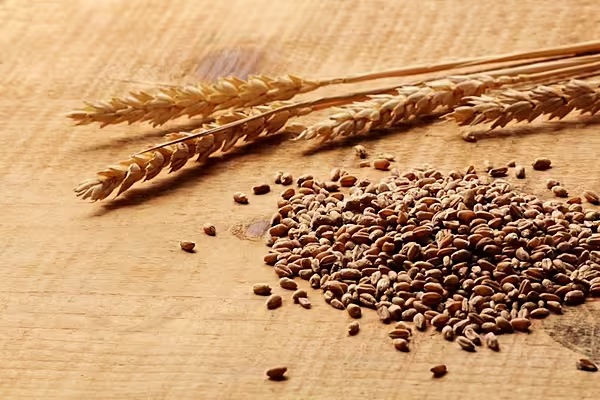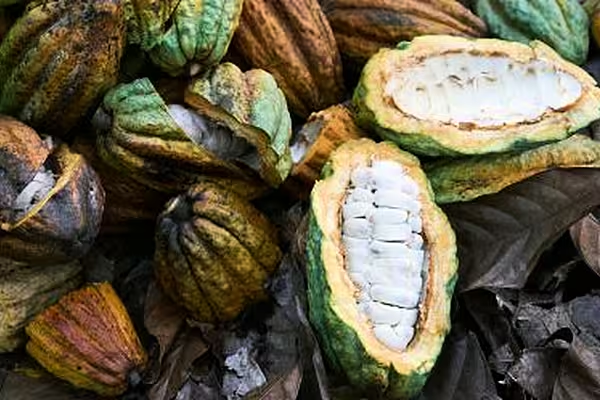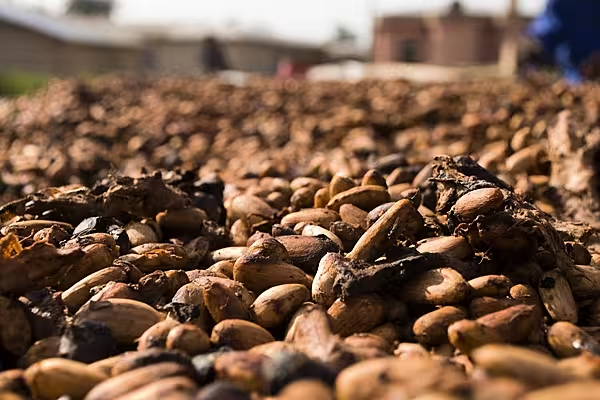Chicago wheat futures rose about 3% on Friday and recorded their largest weekly gain in six years as parched conditions for North American spring wheat and adverse weather in Europe and Russia stoked concern about global supplies.
Soybean futures ended higher on uncertainty about U.S. crop weather, while corn futures declined.
Chicago Board of Trade September wheat settled up 20-1/2 cents at $6.92-1/2 per bushel. CBOT November soybeans ended up 11-3/4 cents at $13.91-3/4 a bushel while December corn finished down 4-1/4 cents at $5.52.
For the week, CBOT September wheat rose by 12.6%, the biggest advance in a weekly chart of the most-active contract since June 2015.
On the Minneapolis Grain Exchange, September spring wheat settled up 23-1/4 cents Friday at $9.17-1/4 after reaching $9.25, the highest spot price since December 2012.
More Heat
Traders have focused on spring wheat crops in the northern U.S. Plains and Canadian Prairies that have struggled with drought, with another round of heat coming.
"The Great Plains are going to start burning up again next week. The spring crop is toast," said Jack Scoville, analyst with the Price Futures Group in Chicago.
Supply fears have also emerged for Russia, the world's top wheat exporter, due to sub-par yields in the key southern export region.
Also, torrential rain that has caused deadly floods in Germany and Belgium was raising concern about late yield loss and quality downgrades for ripening wheat crops.
Corn And Soybean Futures
Corn and soybean futures traded in opposite directions. CBOT corn fell on Friday, pressured by recent rains that crossed the Midwest just as much of the crop was pollinating, a crucial phase for determining yield.
"A large portion of this corn crop benefited greatly from the past 10 days, two weeks," said Ted Seifried, chief ag market strategist for Zaner Group.
But soybean futures rose, supported by outlooks for warmer, drier weather ahead as the U.S. soybean crop approaches its key pod-setting phase.
"The beans are more moisture-sensitive as we get into the end of July and August, and that's the forecast that's scary," Seifried said.
CBOT soyoil futures drew additional support from worries about drought curbing production of canola, a rival oilseed grown in Canada and the U.S. Plains.
News by Reuters edited by Checkout. For more supply chain stories click here. Click subscribe to sign up for the Checkout print edition.









